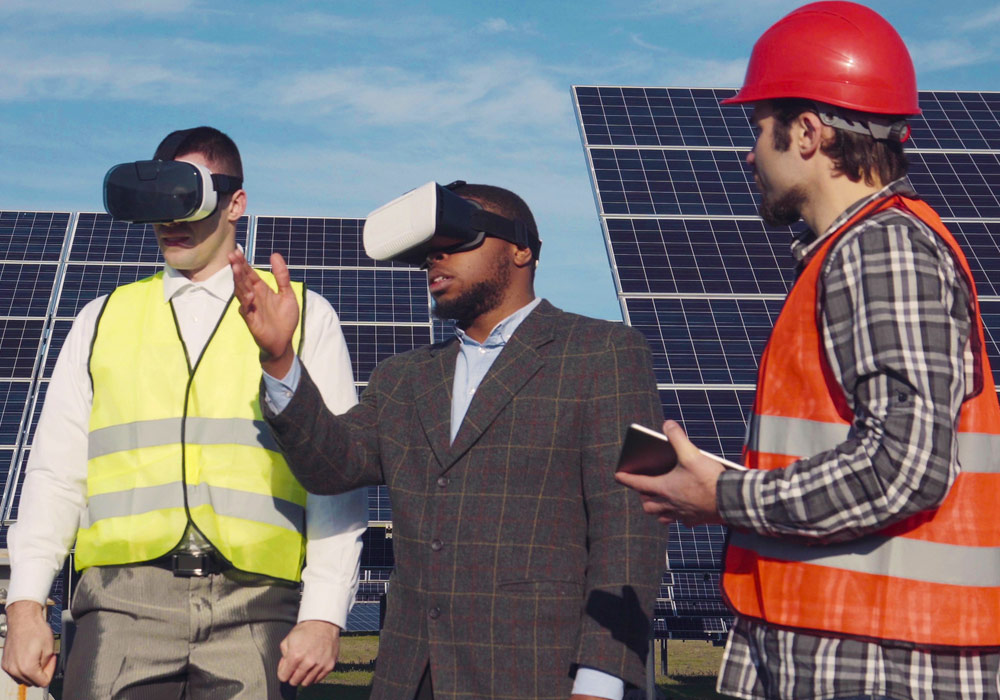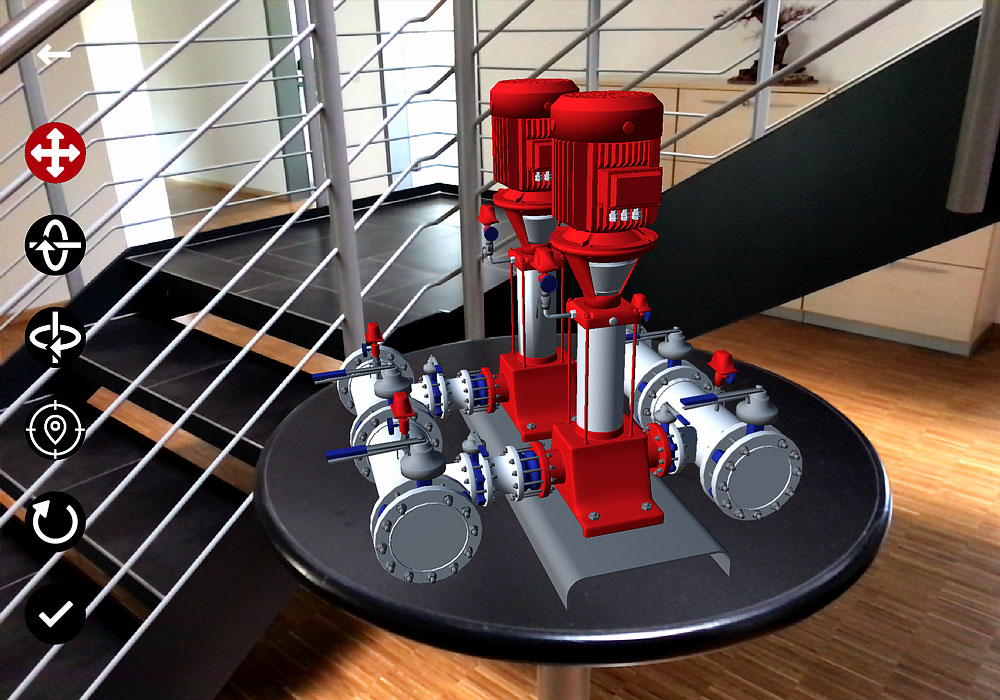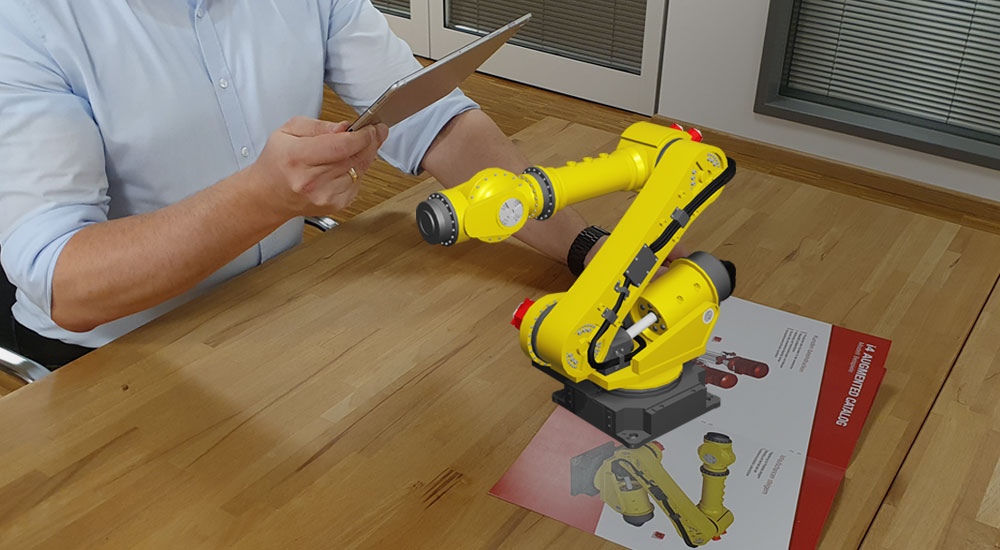Technical sales: What will be most important in the future
Technical sales of tomorrow with AR/VR – how augmented and virtual reality will bring breakthroughs
Sell more with these technologies!

Which paths lead to more sales success?

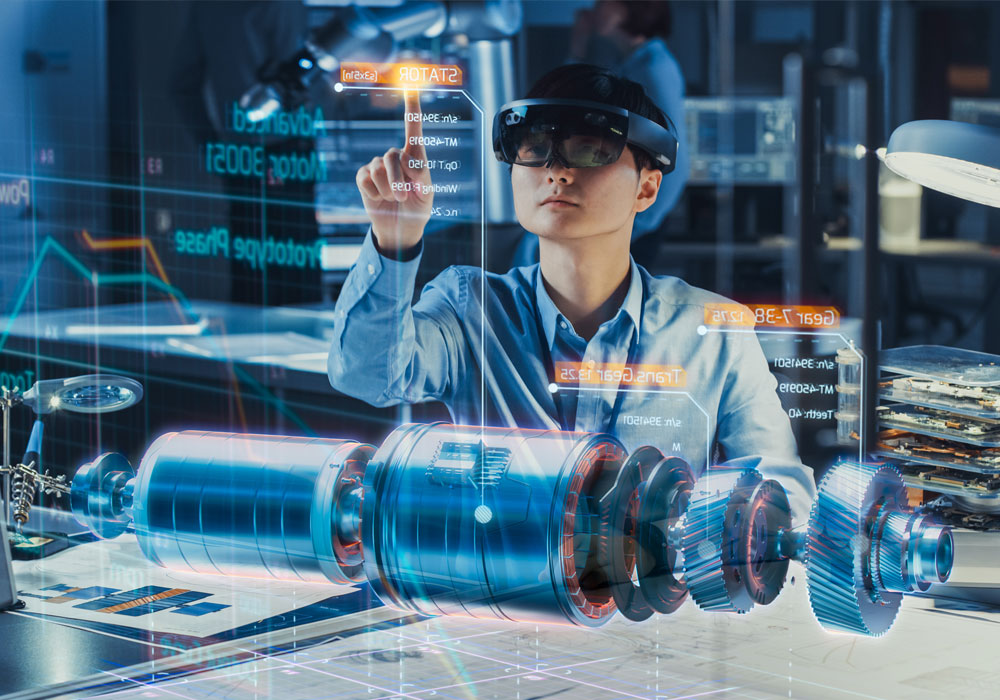
How do you create a great product experience?
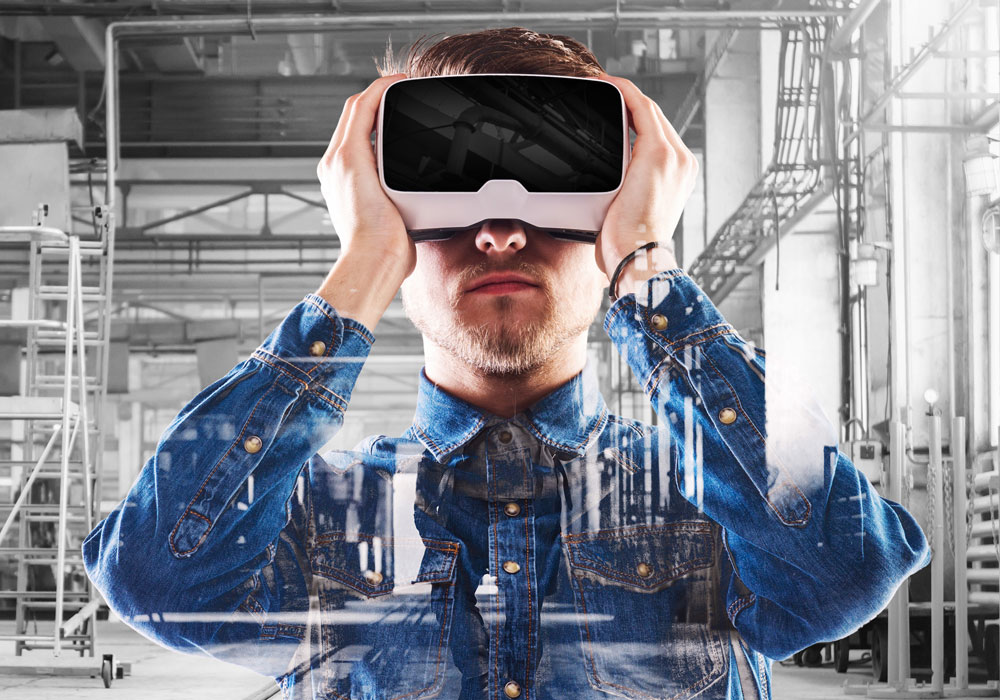
Using virtual reality in technical sales

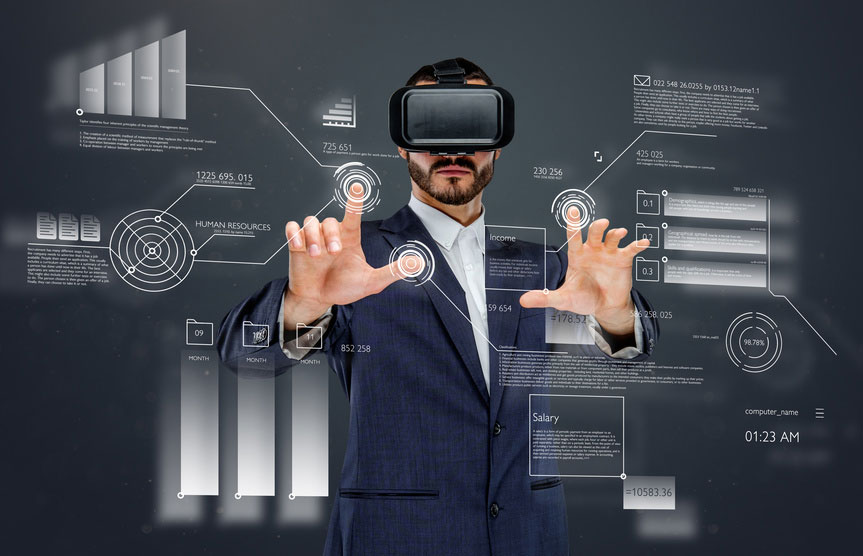
Always stay up to date: technical sales of tomorrow with virtual reality
Presentation of complex projects with virtual reality
At trade fairs, conventions, and similar events, the presentation of new projects is important for marketing and sales. From new airports and train stations to the introduction of everyday products, advance information supplied to potential customers and stakeholders is often crucial for later sales success.
Even in the early stages of product or project development, a wide range of alternatives and solutions can be presented thanks to VR. Customer-specific requirements and changes can be discussed and implemented relatively easily, bringing a dynamic aspect to sales that is not possible when simply watching a video. Interested parties can directly experience the new projects or products from their own perspective via VR making the context relevant and easier for customers to visualise operations and the potential benefits of the product.
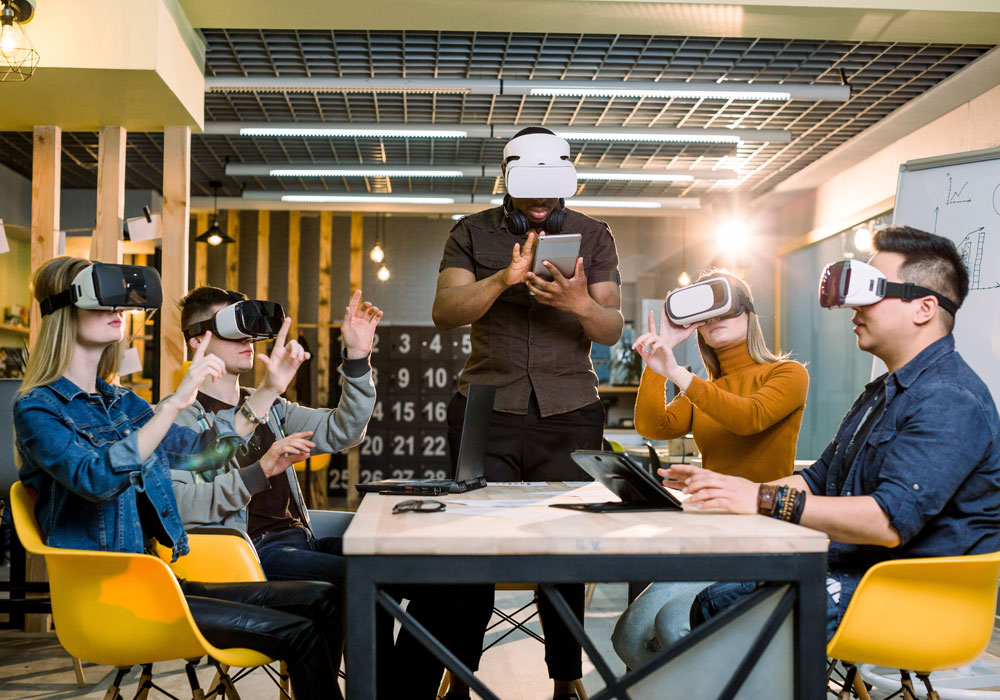
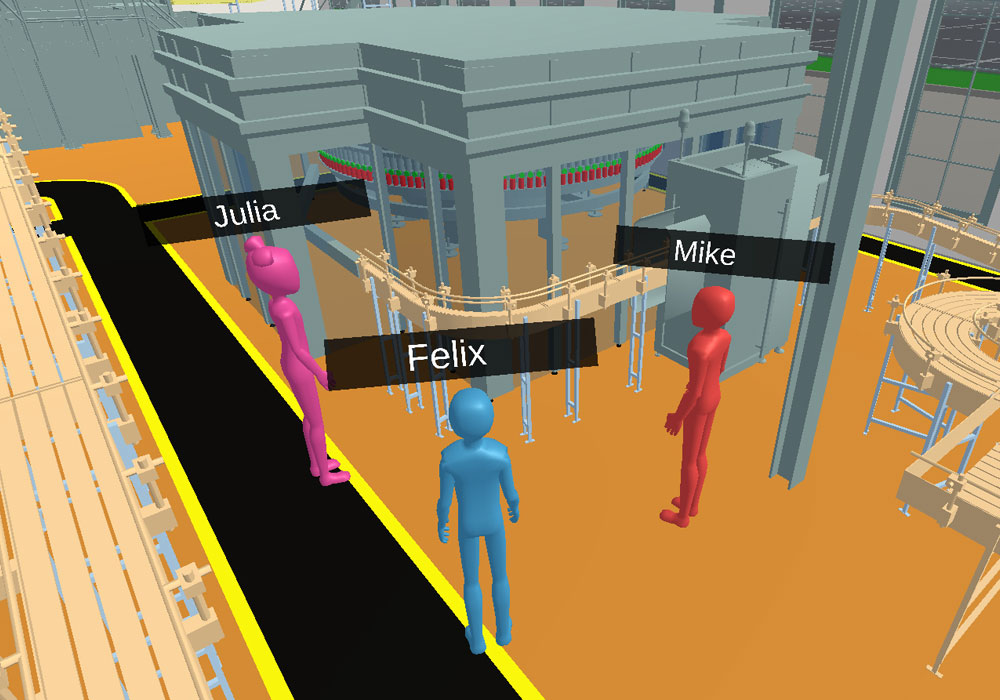
How does augmented reality help in technical sales?
Interactive possibilities of AR in sales
AR is one of the most important technical sales trend 2022
